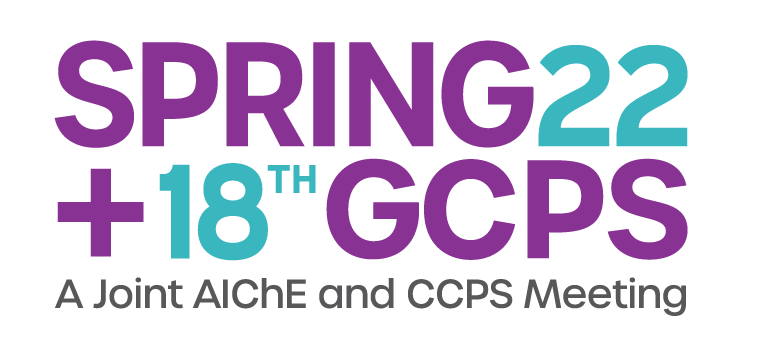

Many toxic industrial chemicals (TICs) such as chlorine and ammonia are very reactive with commonly encountered materials in the environment. The amount of TIC material reacted in the environment is an important factor in determining the impact of a release. Typically characterized with a dry deposition rate in atmospheric dispersion models, the reaction rate has predominately been studied in field scale experiments at concentration levels typical for air pollution (ppm levels). When considering the removal of chlorine by (dry) deposition in an episodic release, gas phase concentrations will be much higher than those associated with air pollution, and near-field reaction of chlorine with local vegetation will be strongly influenced by the response of leaves and other elements of the surface to those high concentrations. Standard engineering methods characterizing the rate of mass transfer from an air/contaminant cloud to a surface in conjunction with reaction at that surface were previously developed and found to be an adequate description of experimental observations in the Controlled Environment Reactivity Test (CERT) apparatus which was designed to expose selected environmental materials to chlorine with initial concentration of (nominally) 1000 ppm. The gas phase chlorine concentration can be measured as a function of time to determine relevant modeling parameters. The apparatus was built to control the flow velocity of the chlorine/air mixture over the experimental substrates with turbulence levels that are comparable to the atmosphere. Model parameters were found for the environmental materials tested including materials common to a built environment (crushed limestone, asphalt, and concrete) as well as crop plant species (sorghum, cotton, and soybeans) and plant species characteristic of North American shrubland (red twig dogwood and viburnum winterthur).
Presenter(s)
Once the content has been viewed and you have attested to it, you will be able to download and print a certificate for PDH credits.
If you have already viewed this content,
please click here
to login.
Language
Pricing
Individuals
| AIChE Member Credits | 0.5 |
| AIChE Pro Members | $19.00 |
| Employees of CCPS Member Companies | Free |
| AIChE Graduate Student Members | Free |
| AIChE Undergraduate Student Members | Free |
| AIChE Explorer Members | $29.00 |
| Non-Members | $29.00 |
